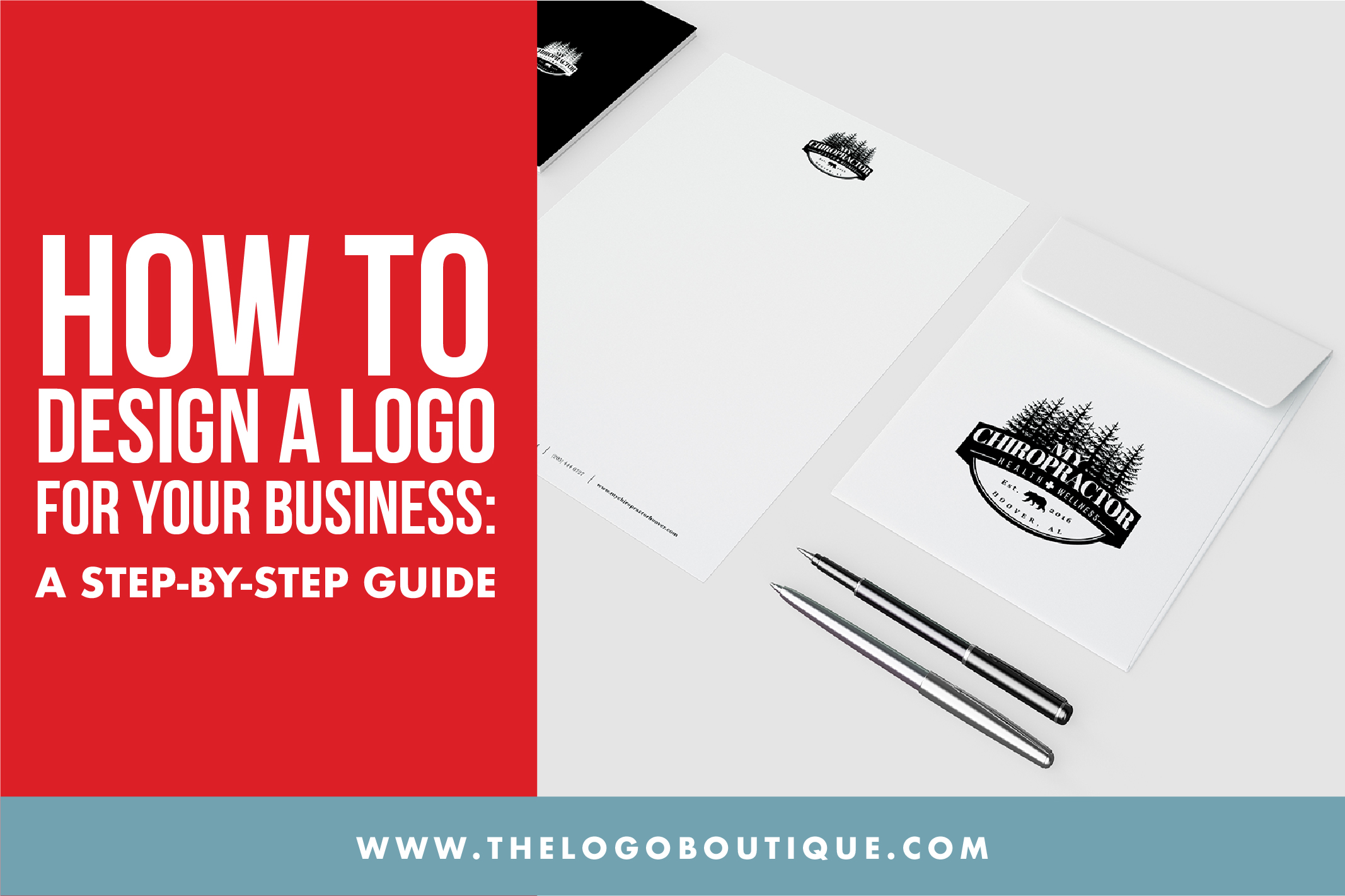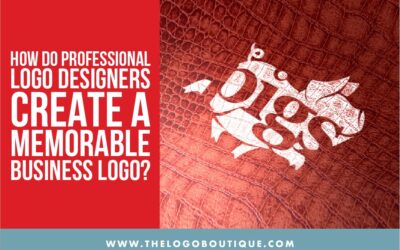A logo is the initial impression you create, the face of your brand, and a graphic depiction of your values, not only a sign. In a saturated market, your brand must be instantly identifiable, speak clearly, and stand out. You’re at the proper place if you own a business and are trying to create a logo for it. From conception to execution, this article breaks down what you need to know to design logo for business that appeals to your target market.
Why Does Your Company Want a Professional Logo?
Let’s investigate why investing in a professionally created logo is so important before we get into the procedure.
1. Brand Awareness
The first thing people see about your brand is your logo. From websites to packaging to social media, a distinctive logo guarantees that your company is easily identified on several media.
2. Credibility and Confidence
Many times, consumers evaluate a company depending on its appearance. A good, well-considered logo helps your company to project professionalism, confidence, and dependability.
3. Consistency in Marketing
Your whole brand identification is determined by your logo. Your website, email marketing, business cards, commercials, goods, and more all use it. Good uniformity in appearance depends on a compelling logo.
Step-by-Step: How to Design a Logo for Your Business
Particularly if you have no design experience, designing a logo might be intimidating. Still, dissecting it into doable chunks streamlines the process. Here is a thorough, detailed, exact guide:
Step 1: Recognize your Brand
Spend some time fully developing your brand before you even consider colors or sketching.
- What kind of business do you run?
- Your brand purpose and vision are what?
- To whom are you aiming?
- Your fundamental values are what?
- What distinguishes you from rivals?
Developing a brand personality—playful, professional, assertive, elegant, etc.—will direct every design choice you make.
Step 2: Examine the Market
- Research market leaders and rivals in your sector.
- Which type of logos do they apply?
- Common colors and typefaces are what ones?
- Which visually striking components exist?
The research helps you avoid clichés and spot chances to make your logo distinctive yet suited for your niche.
Step 3: Choose the Right Logo Style
There are many logo designs; the one you decide upon should capture the essence of your brand:
Wordmarks (logotypes): Text-based logo ideas akin to Google or Coca-Cola.
Monogram logos or lettermarks: Like IBM or HBO, initials or abbreviations.
Picture marks: Apple or Twitter is one of the symbol or icon logos.
Abstract logo: Like Pepsi or Nike, geometric or abstract emblems.
Combination marks: Like Adidas or Burger King, this combines text with images.
Embroid logos: Text inside a symbol or icon, say, Starbucks or Harley-Davidson.
Step 4: Pick a Color Palette
Colors evoke emotions and carry specific connotations. Here’s a quick overview of what colors typically represent:
- Red: Passion, energy, urgency
- Blue: Trust, professionalism, calm
- Green: Health, nature, growth
- Yellow: Optimism, clarity, warmth
- Black: Power, elegance, sophistication
Choose colors that complement your consumer tastes and brand character. Remember that logos have to also be black and white compatible.
Step 5: Choose Appropriate Typography
Fonts express brand identity much like colors do. Select a typeface that captures the attitude of your brand.
- Times New Roman’s serif typeface: Dependable and classic.
- Sans-serif typefaces such as Helvetica: Contemporary and neat.
- Like Pacifico, script fonts: Elegant or laid-back, depending on use.
- Like Impact, display fonts: Strong and striking.
Restrict your logo to one or two typefaces to prevent visual clutter.
Step 6: Create Logo Concepts
The brainstorming stage is here. You may begin utilizing a design tool or penciling ideas on paper. Let go of perfection; concentrate on investigating ideas.
Should you not be a designer, expert logo designers can be rather transformative. Expert designers can refine rough concepts and offer new angles.
Step 7: Use Design Tools or Hire Logo Designers
DIY Approach:
There are tools like
- Canva
- Looka
- Hatchful
- Adobe Express
These platforms offer templates and customization options, but they may lack uniqueness or versatility.
Hire a Professional:
To ensure your logo is one-of-a-kind and built for scalability, hiring a team of expert logo designers is a smart move.
Need help? Work with experienced logo designers at The Logo Boutique to bring your vision to life.
Step 8: Gather Feedback
Once you have a few good logo ideas, you should get comments from several sources to make sure your design speaks to others. For their opinions, go out to team members, valued clients, and even your social media following. To direct their answers, ask certain questions like, What feeling does this logo inspire? Is it unforgettable? Is it clear and identifiable? Apply the helpful critique you get to hone and enhance your design so that it clearly expresses the character of your business.
Step 9: Test Your Logo in Real-World Scenarios
Mock up your logo on:
- Business cards
- Social media profiles
- T-shirts or packaging
- Website header
This helps visualize how the logo performs across different formats. A good logo should be scalable and effective in both digital and print media.
Step 10: Finalize and Export Logo Files
Once finalized, ensure you get your logo in various file formats:
- PNG: Transparent background, ideal for digital use
- SVG: Scalable vector graphic, perfect for websites
- PDF/EPS: High-quality print formats
- JPG: For general image use
Also, request multiple variations:
- Full-color version
- Black and white version
- Icon only
- Horizontal and vertical layouts
Mistakes to Avoid When Designing a Logo
Even the best concepts can go wrong without careful attention. Watch out for these common mistakes:
- Overcomplicating the design: Simple logos are more versatile and memorable.
- Copying competitors: Imitation dilutes your uniqueness and can damage credibility.
- Ignoring scalability: Logos must look great on a billboard and a mobile screen.
- Using trendy elements: Trends fade, but timeless design lasts.
- Choosing poor color combinations: Clashing colors can be off-putting and unprofessional.
How Professional Logo Designers Add Value
Designing a logo is not just about visuals; it’s about strategy. Here’s what professional logo designers offer:
- Creative expertise: Years of design training and industry knowledge.
- Tailored strategy: A logo that aligns with your brand’s mission and audience.
- Time savings: Avoid the trial-and-error process.
- High-quality execution: Pixel-perfect, scalable logos with proper file formatting.
- Brand consistency: A logo that fits into a wider brand identity system.
The Logo Boutique: Your Go-To Logo Design Experts
Trust is especially important when designing a unique, memorable logo fit for your company objectives. Our specialty at The Logo Boutique is creating amazing logos specifically for your brand identification. Through all phases of the process, our knowledgeable team of logo designers closely and collaboratively works with you.
Why Would One Choose The Logo Boutique?
- More than a decade of expertise creating logos for worldwide customers
- One hundred percent original and tailored designs.
- Reasonably priced bundles for businesses and startups.
- Quick turning time
- Unlimited changes till you are happy.
In conclusion
Learning how to create a logo for your company is both strategically and creatively demanding. It’s about visually telling the narrative of your brand, not only about choosing colors and typeface. Whether you choose to do it yourself or pay expert logo designers, keep in mind that your logo is an ongoing asset. Make sure it captures the core of your brand, fits your audience, and remains true across all media and devices.
Design it once, right?
Looking for a personalized logo that makes a big impression?
Get in touch with The Logo Boutique immediately to let our knowledgeable designers realize your brand.


 Team of Graphic Designers
Team of Graphic Designers Team of Graphic Designers
Team of Graphic Designers

